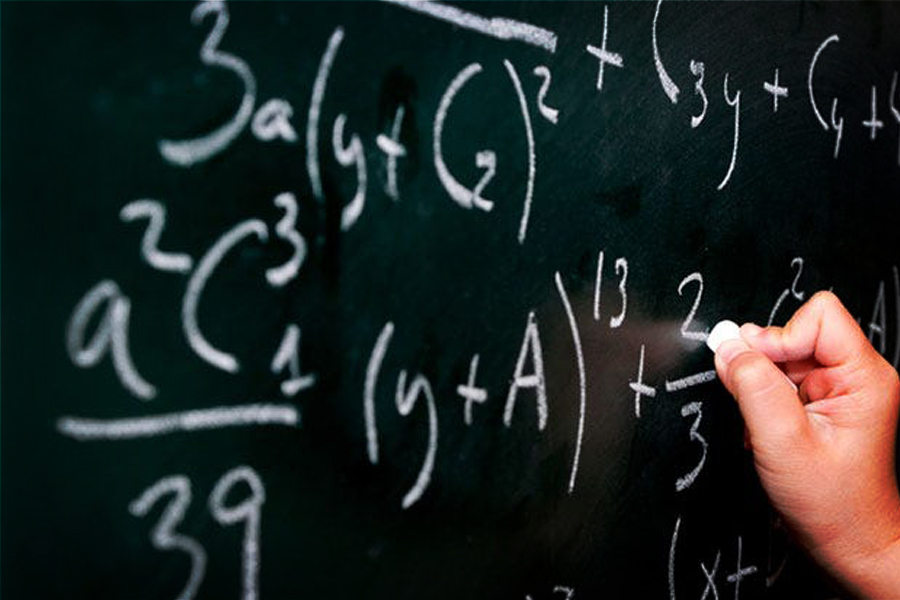
Financial markets originated in the last century, and the practical theories we know today largely developed through a similar method. But how do these theories develop?
Through the mathematical approach, based on calculation and verification through established scientific theories, offering a more direct way to evaluate the relationships of elements involved in the analysis.
Through the empirical process, i.e., through observation; not strictly following any mathematical principle, based solely on experiments and trials. For example, one could hypothesize rules about weather events and time. However, these hypotheses cannot be confirmed through the mathematical calculation principle.
It is clear that while in the first approach there is confirmation of phenomena through an indisputable mathematical counterproof, in the second, outcomes are decidedly discretionary and unconfirmed.
It's interesting to note that many traditional financial approaches taught so far ignore the mathematical component, relying on the illustrative aspect of images. In reality, fluctuations in the foreign exchange market, controlled by mathematical algorithms governing their movement, are mathematical objects. And these phenomena should not be observed but calculated!
Therefore, transforming our strategies into equations would be enough to obtain an immediate response from the market without testing them with endless demos or backtests. Since they themselves become functions applied to the market, verifiable immediately through calculation. You will never hear me say or write things that I haven't already confirmed.
These concepts are excessively complex to be treated exhaustively here, especially for those unfamiliar with mathematics. However, it is important that you know some parts, the most important ones, to better understand what kind of approach you want to use in facing the market.
Whether it's the mathematical approach, confirmed through rules written by the greatest scientists, or the empirical one, written by anyone, therefore discretionary whose confirmation is still to be verified.
Considering that mathematics has often aroused feelings of aversion, it is important to understand how some engagement theories are still in circulation.
At the beginning of my career, access to charts was limited and often paid, making it difficult for many to observe market dynamics during daily sessions. Years ago, when there was no internet, operators relied on newspapers and prints to understand market movements in the preceding weeks.
Now, have you ever tried to look at candlestick charts over the weekend and load some indicators? You will notice that in the majority of cases, there will always be a cross or a particular design/pattern in conjunction with an increase or decrease (for example, moving average crossovers). It is undeniable that anyone boldly attributes engagement rules to certain images. Imagine then the last century when verifying such theories required waiting for the following weeks with the prints of newspapers, with the relative loss of important data! This is why certain failed strategies have persisted until today.
Most operators, including current ones, look at static market images searching for configurations useful to their strategies, without considering that they are still images of static instants hiding their dynamics. In short, reaching that configuration is the last snapshot of the scene, and the clues, fundamental elements for a detailed investigation into what is happening and what led to that scenario, are lost. In short, in the empirical approach based on observation, everything that is before that observed moment is lost. And therefore, it is not possible to understand, during the dynamism of the market, if those figures will be confirmed.
The success of your approach to the market should not depend on still images, on unconfirmed theories in the dynamism of the market, on photographs immortalizing static events, but on calculation.
The market is made up of numbers, and numbers are not observed but calculated.
The problem with theories built on the time/price paradigm is that, even if valid on a static image, they do not always translate faithfully into the dynamic market. Market dynamics are constantly changing, and candle configurations and moving average crossovers that seem indicative on a static scene can generate false signals in a dynamic context. Investing money based on these theories is equivalent to losing it.
Strategies developed by looking at static images may seem valid, but in the dynamic market, they can lead to illusions and wrong decisions. It is essential to understand that the market is constantly evolving, and the dynamics of candles and indicators change in real-time due to the effect triggered by time.
The fundamental difference between mathematical and empirical theories is that the former are testable and verifiable through the development of mathematical concepts, as in the case of jMathFx. The information within the jMathFx ecosystem can be verified through elementary math books, eliminating the need for external opinions. It is a more objective way to evaluate market strategies without having to rely solely on the interpretation of static images, which in 99% of cases are purely discretionary and open to interpretation.
To face market scenarios with greater confidence and security, it is necessary to appeal to mathematical structures, objective and irrefutable rules that, through the logic of true/false, you can be sure of what will happen shortly thereafter.